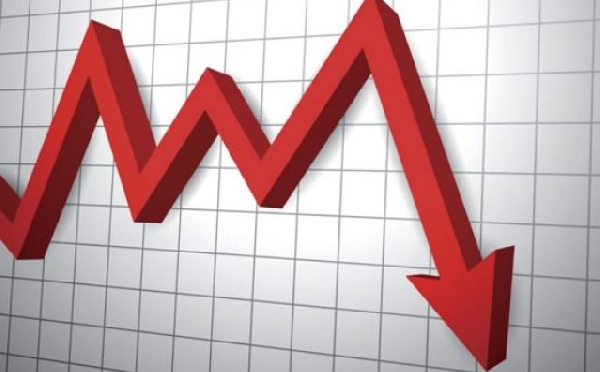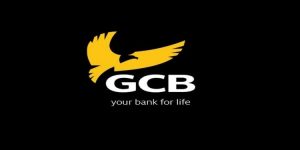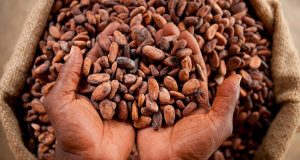The inflation rate has decreased significantly, to 45 percent in March 2023 from the rates recorded for January and February 2023, which were 53.6 percent and 52.8 percent respectively.
Despite the drop, inflation is still four times higher than the Bank of Ghana’s (BoG) upper policy target of 10 percent.
According to data from the Ghana Statistical Service (GSS), inflation reached its highest point at 54.1 percent in December 2022 following a 19-month acceleration.
In last month’s inflation data, the GSS also indicated that food inflation was recorded at 50.8 percent in March 2023 while non-food inflation was recorded at 40.6 percent, a difference of 10.2 percent. Moreover, locally produced items had an inflation rate of 41.9 percent while imported items recorded 51.6 percent, indicating a 9.7 percentage point difference.
Professor Samuel Kobina Annim, the Government Statistician, upon release of the latest inflation data stated that the prices of goods and services decreased by 1.2 percent between February and March 2023. Additionally, food and non-food inflation recorded deflation of 0.9 percent and 1.5 percent respectively. Out of the 13 divisions used to calculate the consumer pricing index and inflation rate, five had an inflation rate higher than the national average of 45 percent – with furnishings and household equipment having the highest inflation rate at 67.4 percent.
Providing further guidance to policymakers on the areas to look at to drive inflation down, especially given the dynamics seen last year and which are impacting the rate of inflation currently being computed this year, the Government Statistician said: “This year, we identified 127 items that recorded a rate of inflation higher than the national average of 45 percent. These 127 items were predominantly imported non-food items that accounted for about a fifth of the 127 items, specifically 40.9 percent. This was followed by local food items, which were 40 out of the 127 items. That is a steady 1.5 percent followed by imported food at 18.9 percent for 24 out of the 127 items. And the last category is local food, which had 11 out of the 127 items and constituted 8.7 percent”.
Prof. Annim further stated that from a policy point of view, although there has been a slowdown in the rate of inflation, there are some identified sections which recorded rates higher than the national average of 45 percent; and these were predominantly imported non-food items – 52 out of the 127 items.
Another guide for policymakers is the top-20 items that saw upward price changes on a year-on-year basis and on a month-on-month basis.
“For the first time in several months, we did not see petrol and diesel appearing in the list of top-20 items that had seen price changes. Indeed, the last time we saw diesel not appearing in the top-20 items was somewhere in September last year, and we saw petrol coming in somewhere in October – so far, about five months and eight months respectively,” the Government Statistician said.
“From a petrol and diesel perspective, for the first time in several months we’re not seeing these two items that have dominated the top-two items as commodities which have seen the highest price changes over the last five and eight months respectively,” he added.
The news of a declining inflation rate in March 2023 has occasioned mixed reactions. Although the rate has decreased from the previous two months, the current inflation rate of 45 percent still sits four times higher than the Bank of Ghana’s upper policy target. Since mid-2021 Ghana has been grappling with high inflation, which has had a significant impact on the cost of living; especially for low-income earners who have been struggling to meet their daily expenses.
Out of the 13 divisions, five recorded a higher inflation rate than the national figure of 45 percent for the month of March 2023. These divisions include housing, water, electricity, gas and other fuels. Transportation, education, alcoholic beverages, tobacco and narcotics recorded lower rates of inflation compared to the national average.
Monetary policy action
The Monetary Policy Committee (MPC) of the Bank of Ghana reaffirmed its policy stance by increasing the policy rate by 150 basis points (bps) to 29.5 percent, citing the need to anchor inflation expectations toward the medium-term target of 8±2 percent. Cumulatively, the MPC had hiked the policy rate by 1500bps on concerns of moderating liquidity in the system in order to underpin macroeconomic adjustments taking place to drive inflation on a downward path.
This move by the MPC is an indication that the committee will remain resolute in its tightening stance until inflation shows more significant signs of moderation, as it implemented other available monetary tools to control the money supply and rein-in inflation despite the recent moderation of inflation.
The BoG Governor, Dr. Ernest Addison, in a press briefing last month noted that headline inflation had declined marginally for two consecutive months, but remained relatively high compared to the medium-term target of 8±2 percent. As such, further tightening of the monetary policy stance was necessary to reinforce the pace of disinflation and place the economy firmly on the path of stability.
“To place the economy firmly on the path of stability and reinforce the pace of disinflation, it was important that the monetary policy stance be tuned further to re-anchor inflation expectations toward the medium-term target. Given these considerations, the MPC decided to increase the monetary policy rate by 150 basis points to 29.5 percent,” the Governor said.







